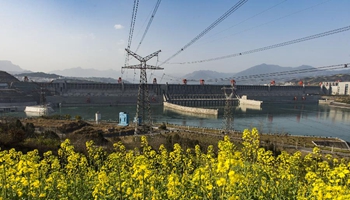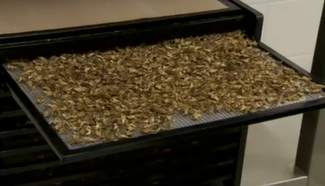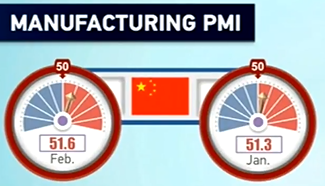BEIJING, March 2 (Xinhua) -- China will launch a space station core module in 2018 as the first step in completing the country's first space outpost, according to a senior engineer with China Aerospace Science and Technology Corp. (CASC) on Thursday.
The core module of the space station, named "Tianhe-1" according to previous reports, will be launched on board a new-generation Long March-5 heavyweight carrier rocket, said Bao Weimin, director with CASC and a member of the National Committee of the Chinese People's Political Consultative Conference (CPPCC).
It will be followed by a series of launches for other components of the space station, including two space labs, which will dock with the core module while in space, in the next four years or so, he said, adding that the space station will be completed around 2022.
Assembly of the core module has already been completed and tests are currently under way, said Bao, who is in Beijing for the annual session of China's top political advisory body.
Earlier reports said the new Chinese space station will initially be much smaller than the current International Space Station (ISS), which weighs 420 tonnes, but could be expanded for future scientific research and international cooperation.
With the ISS set to retire in 2024, the Chinese space station will offer a promising alternative, and China will be the only country with a permanent space station.
Bao said the Chinese outpost will function in orbit for "dozens of years," and that it had been specially designed to be able to handle space debris.
"For the big pieces (of space debris), we could conduct evasive maneuvers, and for those measuring less than 10 cm in size, we just take the hit," Bao said, adding that all key parts of the space station will be serviceable and replaceable.
He went on to say that the next five years will see some exciting advances in China's space program.
In particular, the Long March-5 launch missions have been scheduled this year, including one that will take the Chang'e-5 lunar probe to the Moon in November and return with lunar samples.
Long March-5 is a large, two-stage rocket with a payload capacity of 25 tonnes to low-Earth orbit and 14 tonnes to geostationary transfer orbit, the largest of China's carrier rockets. Its carrying capacity is about 2.5 times that of the current main model Long March carrier rockets.
The rocket will also be used in China's planned Mars probes, and possibly future missions to Jupiter and other planets within the solar system, Bao said.












